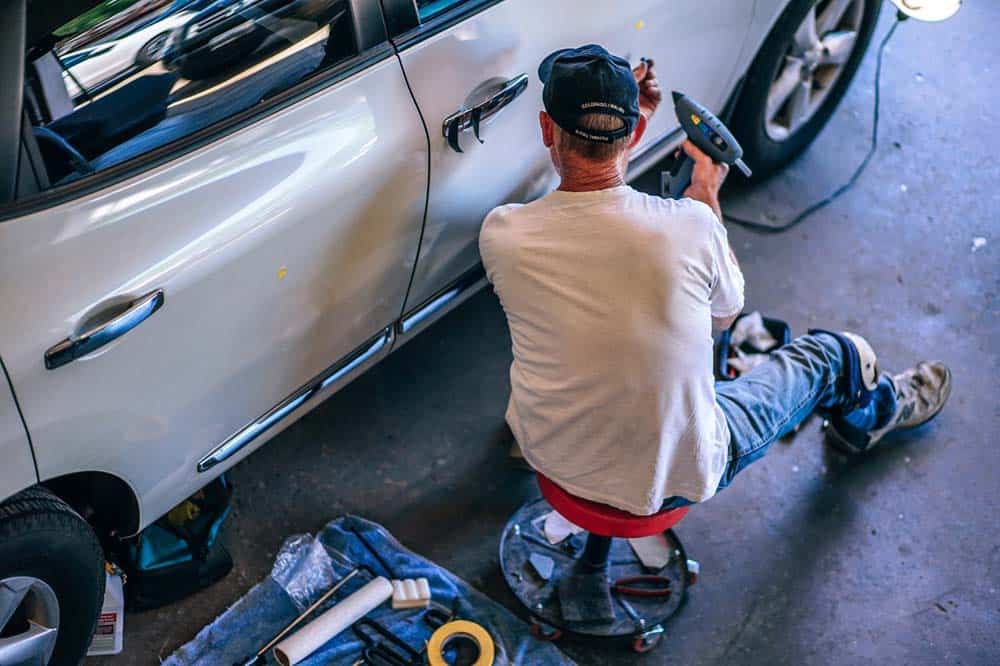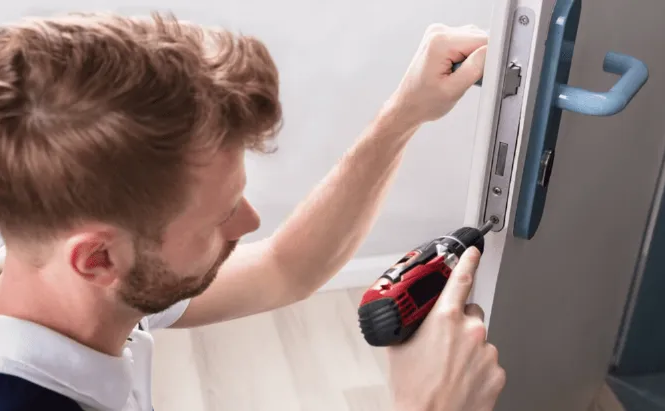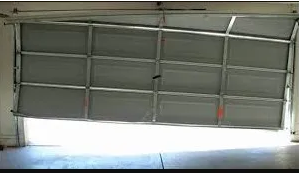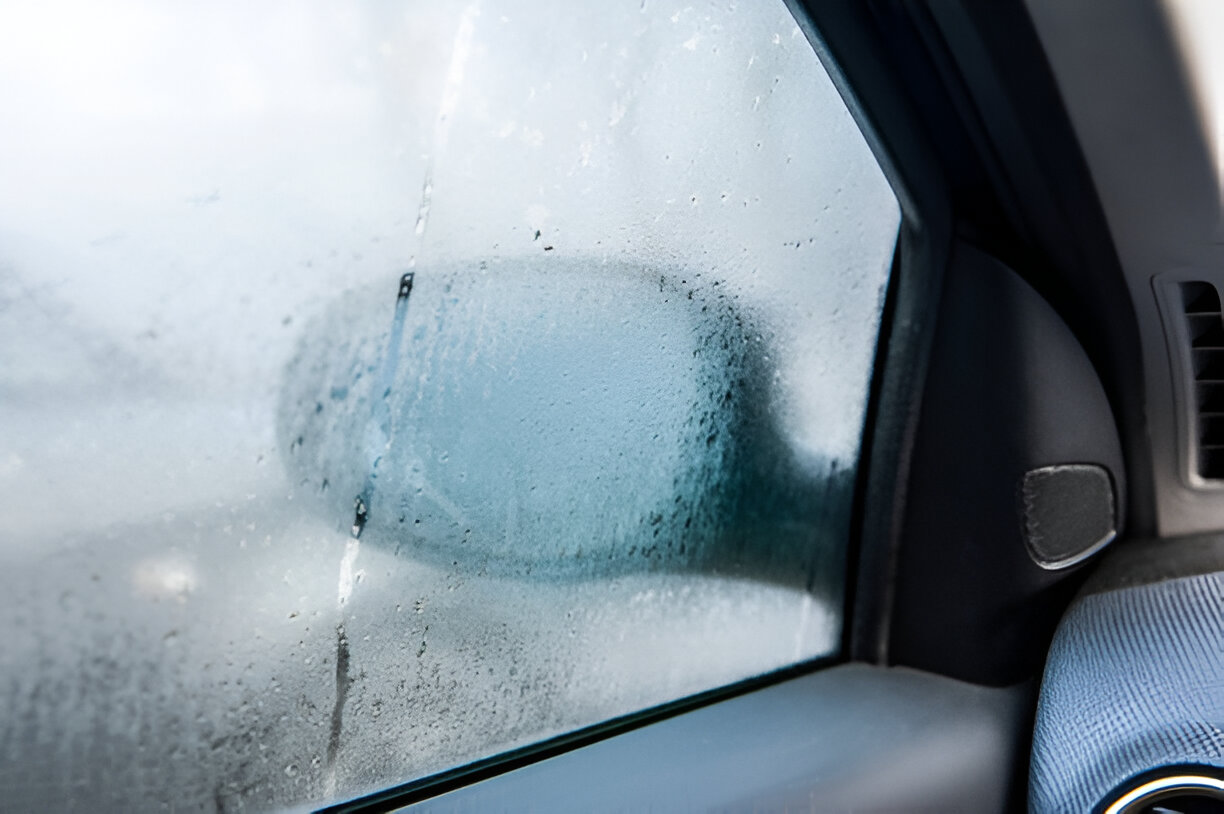If you’ve ever had your car repaired or taken it to a body shop, you may have come across the term “R&I.” It’s an abbreviation that stands for “Remove and Install.” In the automotive world, R&I refers to the process of taking a part off a vehicle, fixing or working on the vehicle, and then putting the part back on. Understanding what r&i meaning automotive and how it works is important when dealing with car repairs. This article will explain the meaning of R&I, how it’s used in automotive repair, and why it’s essential for vehicle maintenance.
What Is R&I in Automotive Repair?
R&I, or Remove and Install, is a common term used in automotive repair shops. It refers to the steps taken to remove certain parts of a vehicle to access other parts that need repair. Once the work is completed, the removed parts are reinstalled. This process allows mechanics to reach areas of the car that would otherwise be difficult or impossible to fix without taking something off first.
For example, if a car has damage to its frame, the mechanic may need to remove panels or parts of the bumper to reach the damaged area. After the frame is repaired, the panels and bumper are reinstalled. This is a typical example of R&I.
Why Is R&I Important?
R&I is essential because it allows mechanics to perform repairs efficiently and correctly. Without removing certain parts of the car, many repairs would be impossible. R&I ensures that the job is done thoroughly, preventing future issues.
Here are a few reasons why R&I is crucial:
- Access to Hidden Parts
Some parts of a car, such as the engine or internal body panels, are hidden beneath other components. By removing these parts, mechanics can access the areas that need attention without causing further damage. - Precision Repairs
By using the R&I method, mechanics can make more precise repairs. Removing parts that are in the way allows for a better look at the damaged area, resulting in a more accurate and high-quality repair. - Cost-Effective
Though it might seem like removing and reinstalling parts would increase repair costs, it can actually save money in the long run. By taking the time to do R&I, mechanics can ensure the repair is done properly, reducing the chances of future problems.
How Is R&I Used in Automotive Work?
R&I is used in many types of automotive repair jobs, from bodywork to mechanical repairs. Here are a few common situations where R&I is necessary:
1. Body Repairs
When a car has been in an accident and the body is damaged, R&I is often needed to access the damaged areas. For example, if the rear bumper is dented, a mechanic might need to remove the bumper to get to the underlying structure of the car. After the repairs are made, the bumper is put back in place.
2. Paint Jobs
R&I is also commonly used during paint jobs. If a car’s panels need to be repainted, parts like mirrors, lights, and trim may need to be removed to ensure a smooth and even paint finish. This prevents paint from getting on unwanted areas and ensures the job looks professional.
3. Engine Work
Sometimes, R&I is needed for engine repairs. If a mechanic needs to access the engine for a significant repair, they may need to remove other components like the hood or certain engine covers. Once the engine work is complete, these parts are reinstalled.
4. Suspension and Brakes
Suspension and brake work often require R&I. For instance, replacing brake pads or fixing suspension parts may involve removing wheels, calipers, or other components to reach the damaged area. These parts are then reinstalled after the repair.
The Difference Between R&R and R&I
While R&I stands for Remove and Install, there is another term, R&R, that you might also hear in the automotive world. R&R stands for “Remove and Replace.” The difference between the two is straightforward: R&I means the part is removed and reinstalled after the repair, while R&R means the part is removed and then replaced with a new one.
For example, if a bumper is damaged but can still be repaired, the mechanic would use the R&I method to remove it, fix the underlying problem, and reinstall the original bumper. On the other hand, if the bumper is too damaged and needs to be replaced, the mechanic would use the R&R method to remove the damaged bumper and install a new one.
Why Understanding R&I Matters for Car Owners
As a car owner, it’s helpful to know what R&I means, especially when taking your vehicle in for repairs. Understanding this term can make it easier to communicate with mechanics and grasp what is being done to your car. It can also help you feel more informed about the repair process, making you more confident in the services being provided.
Here are a few benefits of knowing about R&I:
- Better Communication
When you understand R&I, you can have clearer conversations with your mechanic. If they mention needing to remove parts to fix your vehicle, you’ll know exactly what they mean. - Understanding Costs
R&I can sometimes affect the cost of repairs. Knowing this in advance can help you prepare for the cost of the service. While it might take more time to remove and reinstall parts, it can also lead to better, longer-lasting repairs. - Making Informed Decisions
If a mechanic suggests R&I for your car, understanding the process will help you make informed decisions about the repair. You’ll know that removing parts is often necessary for proper repairs and maintenance.
Conclusion
R&I, or Remove and Install, is an important part of the automotive repair process. It allows mechanics to access hidden or hard-to-reach areas of your vehicle, ensuring that repairs are done correctly. Whether it’s for bodywork, engine repairs, or even a simple paint job, R&I ensures that everything is fixed properly without causing additional damage. By understanding what Dr. Ralph’s, car owners can better communicate with mechanics, understand repair costs, and make informed decisions about their vehicle’s maintenance.








